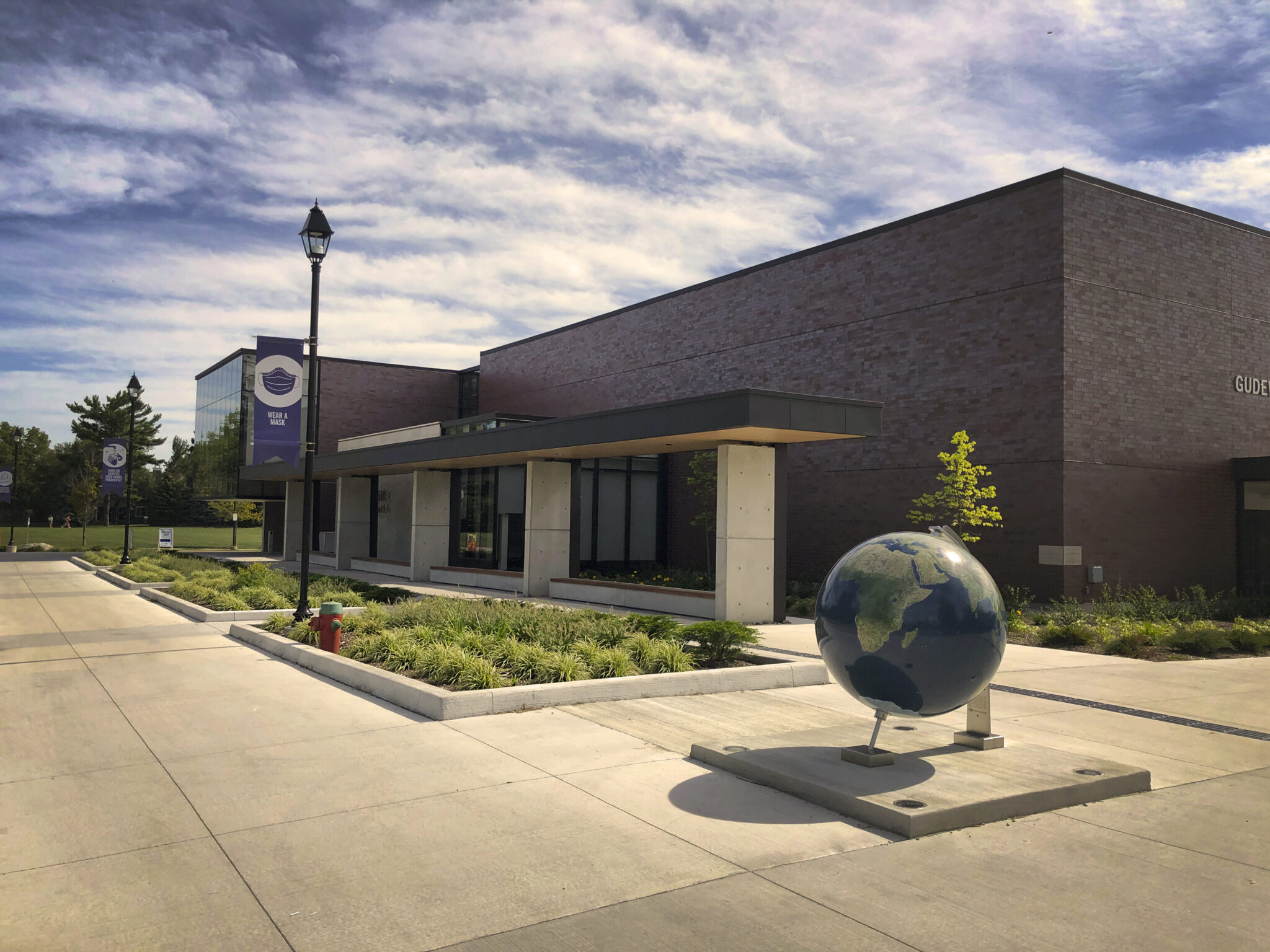Oakville, ON.
PRIVATE INSTITUTIONAL // RECREATIONAL // SHORELINE RESTORATION
SDG was retained by Appleby College as part of a multi-disciplinary team to prepare a Master Campus Plan and Athletic/Performing Arts Complex Master Plan. The College envisioned a master campus planning exercise that targeted issues related to the new building complex, along with other potential campus changes and long-term projects. The scope of work included a functional program analysis, site assessment, schematic design, phasing options, and cost estimates for the new building space and related reconfigured spaces. The master plan included sustainable landscape initiatives, plantings, and provisions for food production and urban agriculture. The implementation plan will include educational opportunities for students, staff, and potentially the community to become involved in the construction process.
SDG along with a multi-disciplinary team worked together to stabilize the Appleby College shoreline while maintaining its natural appearance as much as possible. The scope of work encompasses the entire length of the Appleby College shoreline (500m), from the west property line to the east property line as well as the proposed enhancements to Lower McCraney Creek and groyne and breakwater structures. The riparian plantings along McCraney Creek have been specifically designed to enhance aquatic habit conditions by enhancing riparian functions such as overhanging cover, shading, detritus influx, woody instream cover production and bank stabilization. Additionally, plantings are being proposed in the three-metre-wide no-mow zone to mitigate surface erosion and stabilize the banks. The planting for the shoreline restoration will be comprised of deciduous tree species, deciduous shrubs and live stakes. The native seed mixes will include perennials and grasses to further enhance biodiversity and attract pollinators. A Halton Custom Meadow seed mixture will be used in the no-mow zone, and a bank seed mixture will be used along the restoration slopes. Only native plant species have been used in the restoration plans. Plant species and sizes have been selected to increase the structure and diversity of the shoreline vegetation communities. Generally, plantings are arranged in clusters to create nuclei that, through the process of succession, will expand, colonize and modify the landscape naturally. The riparian corridor and shoreline experienced significant erosion which created steep slopes that became unsafe to students, staff and users of Appleby College. Restoring aquatic habitat, including American Eel, was critical in the design. Approvals included Conservation Halton, Transportation Canada, DFO, and MNRF. The project includes a four-year monitoring as part of the DFO permit. The project has been published in Landscape Architecture Magazine (publication of the American Society of Landscape Architects) and Landscape Pays ages (publication of the Canadian Society of Landscape Architects).
SDG was retained by Appleby College to undertake some feasibility studies on the installation of an outdoor running track in the campus. Concurrently, SDG coordinated with RK and Associates. The renovation of the artificial turf field that is used all year long. As a dynamic institution, Appleby College is always looking for opportunities to develop their campus and provide the students with upgraded facilities. SDG has extensively explored different location options for a track on site and alternatives to official size and shape tracks and is currently moving into material selection and details.

